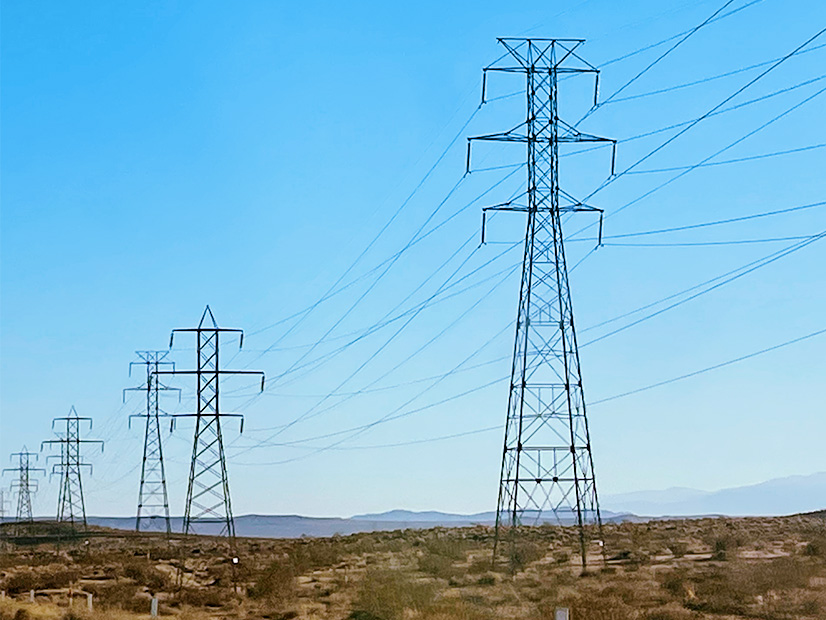Three stakeholder working groups charged with designing key elements of CAISO’s proposed day-ahead market for the West began work this week and plan to meet twice weekly until mid-March to finish the job.
The groups’ intensive schedules reflect the importance of the extended day-ahead market (EDAM) in CAISO’s bid to broaden its Western Energy Imbalance Market (WEIM) from a real-time to a day-ahead market in the next two years.
The working groups must address some of the thorniest issues that could threaten EDAM’s viability, including resource sufficiency evaluations, transmission commitments and greenhouse gas (GHG) compliance, all of which could provoke dissent among would-be participants.
Previous stakeholder complaints about transmission rights and other matters, along with the energy emergencies that CAISO faced in summer 2020, put the EDAM initiative on hold until last fall, when the ISO revived it. (See CAISO Reconvenes EDAM Stakeholder Meetings and EDAM Design Could Undermine Tx Rights, Critics Say.)
Composed of WEIM member representatives, the working groups are starting with a broad set of design principles developed last year by a select group of stakeholders. Group members can accept or rework the design principles; they also must try to agree on more detailed design elements.
“A lot of the opportunity that exists here is that there aren’t any hard-and-fast rules other than the principles, which are subject to reevaluation as well. Nobody is stuck in any deep details,” Kevin Smith, a lawyer representing the Balancing Authority of Northern California, said in Monday’s first meeting of working group 1 on supply commitment and resource sufficiency evaluation (RSE).
RSE became a controversial issue in the WEIM when CAISO updated it last year to include measures dealing with the uncertainty of weather-dependent renewable resources, transmission outages and other variables. Some contended the “uncertainty” components of the RSE skewed test results and led to failures.
Participants also raised concerns around demand response resources, capacity counting rules and consideration of load conformance. (See CAISO Reevaluating WEIM Resource Sufficiency Test.)
The resource sufficiency test is meant to ensure that each WEIM participant has enough capacity and ramping capability to supply its own needs and to prevent participants from “leaning” on the market to meet internal demand.
The RSE for WEIM’s well-established real-time market is being reexamined in a stakeholder initiative, while the working group must wrestle with resource sufficiency in the proposed day-ahead market.
“Consistent with the ‘prevention-of-leaning’ concept supported by the existing EIM resource sufficiency test, the EDAM would have robust resource sufficiency requirements,” the common design principles say. “This test would be developed and applicable to all participating entities in order to qualify for EDAM market participation each day.”
The initial list of questions for working group 1 include, “What resources qualify for showing within the EDAM RSE?” and “What is the expected granularity and detail of the EDAM RSE?”
The second working group, which held its initial meeting Tuesday, is addressing transmission commitment and congestion rent allocation. Its common design elements include maximizing the amount of firm or high-priority transmission available to EDAM while respecting open-access transmission principles.
The group is being asked to “define how transmission across EDAM entity network is made available, including consideration of any restrictions or limitations,” and to consider the timing and duration that transmission is made available, among other topics.
Working group 3, which also met for the first time Tuesday, is weighing questions around greenhouse gas accounting, including whether state boundaries will form GHG “compliance areas” and how GHG compliance costs will be recovered.
Group 3 plans to meet every Tuesday and Thursday afternoon through mid-March. Working group 1 will meet on Monday and Wednesday afternoons during the same period; working group 2 is scheduled to meet on Tuesday and Thursday mornings until March 16.


